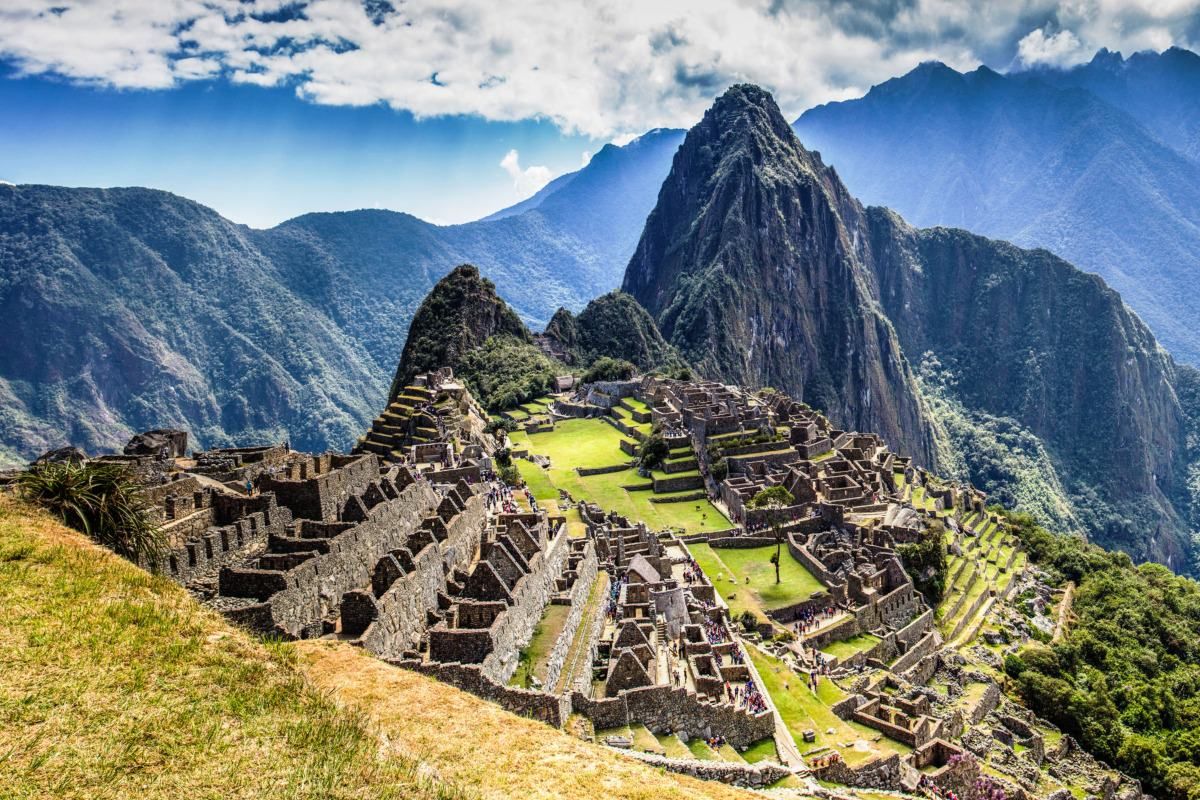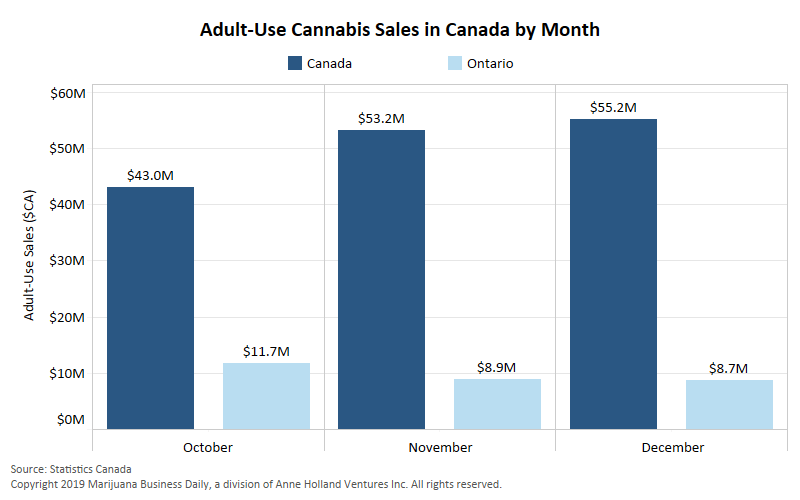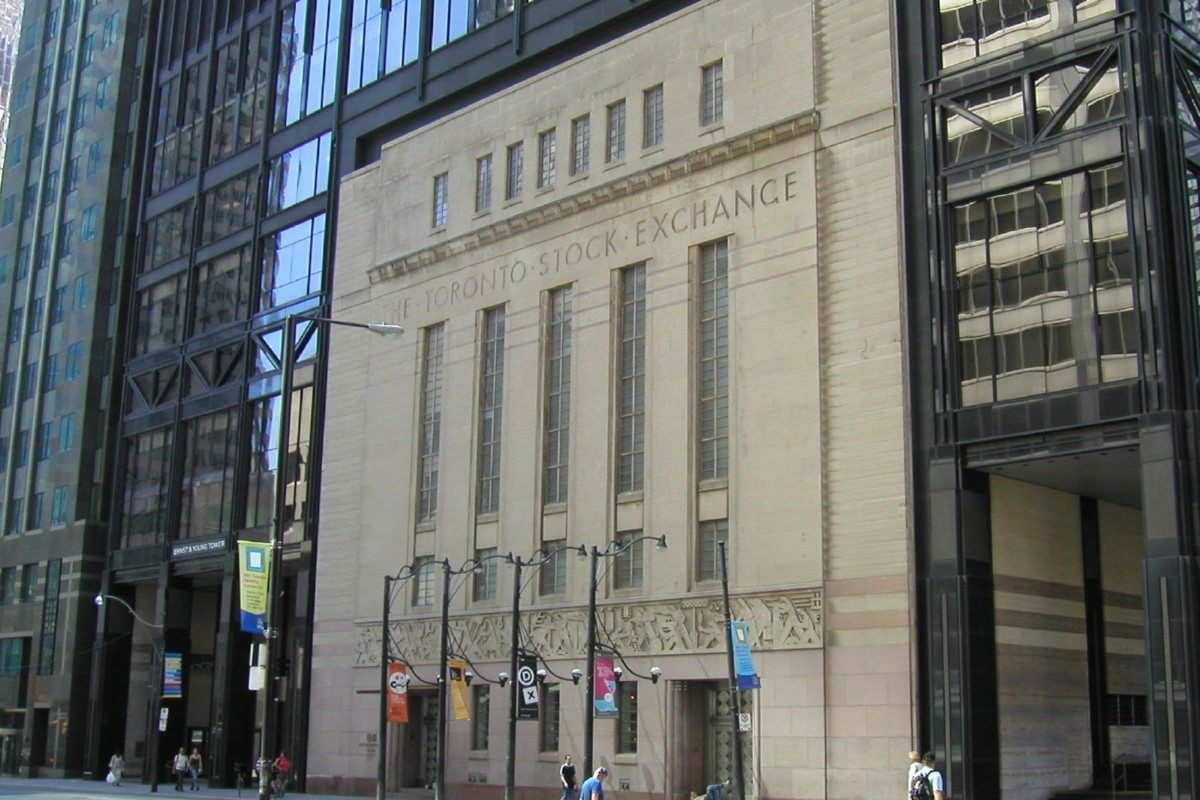More than one year after Peru legalized medical cannabis, the South American country published a regulatory decree providing clarity about how the program will work, including possible cultivation and manufacture of high-THC cannabis by private companies.
Details on the breadth of commercial activity that will be allowed remain vague, however.
The decree, published Saturday, estimates that a “minimum of 7,596” patients in Peru are in urgent need of access to medical marijuana and notes that “sufficient scientific evidence” exists for its use for several medical conditions, including:
- Chronic neuropathic pain.
- Chemotherapy-induced nausea and vomiting.
- Multiple sclerosis spasticity.
- Pediatric refractory epilepsy.
Read the full regulations here.
Government agencies have 60-90 working days to publish their internal regulations and procedures for the program. These could clarify aspects of the framework that still remain fuzzy:
- Exports are explicitly mentioned in Article 15 “Comercialización,” but both types of commercial licenses – wholesale and retail – require a sworn statement that sales will be exclusive to pharmacies or registered patients respectively.
- Unlike Colombian legislation that explicitly prohibits the sale of flowers to patients, the Peruvian regulation doesn’t. While the product definitions suggest that only derivatives will be allowed, the decree creates confusion by repeating “cannabis and its derivatives” throughout the document.
- Hemp won’t require the licenses of high-THC cannabis, and neither the plant nor its derivatives would be subject to narcotics control, but it remains to be seen how it will be regulated.
What the decree establishes
“Peru has the most modern and competitive regulation on medical cannabis,” Tony Salas, president of ACM Peru, an agribusiness consultancy, told Marijuana Business Daily.
This is “the inception of a world leader of this expanding industry with tremendous potential growth and prosperity – measured not only in terms of economic dynamics but in social and health impact as well,” he said.
As in Uruguay and Colombia, the decree uses the 1% THC limit to distinguish between “psychoactive” and “nonpsychoactive” cannabis.
The decree specifically identifies that “nonpsychoactive” cannabis – also called “cáñamo” or “hemp” within the document – and its derivatives are not “controlled substances,” so research, production, importation and commercialization won’t require licenses or the same level of the governmental oversight mandatory for “psychoactive cannabis.”
Four types of medicinal cannabis products are defined, ranging from pharmaceutical cannabis derivatives that demonstrate efficacy, safety and quality, to magistral preparations handled by a pharmaceutical chemist or someone under his/her direction in a pharmacy for individual patients.
Patients must register in a national registry of medical cannabis users and are required to present a special prescription to access cannabis containing THC.
Any advertising or promotion is prohibited.
Different types of permits
Several government agencies of the Ministry of Health and the Ministry of Agriculture are in charge of implementing the framework, which establishes several license types:
- Research: Only universities or health research institutions may apply. It includes agricultural scientific research and health research with and without human subjects.
- Wholesale import and commercialization: Only registered pharmaceutical companies may apply. Among other requirements, Good Manufacturing Practices or Good Distribution Practices are required. Only allows sales to pharmacies.
- Retail commercialization: Only pharmacies and similar authorized establishments may apply. Only sales to registered cannabis patients. Delivery or online sales aren’t allowed.
- Production: Only public institutions and registered pharmaceutical laboratories may apply. The production license spans from seed to derivatives production, but it may or may not include cultivation. Depending on the category applied for, several documents are needed, which could include an agricultural production plan, a manufacturing plan and a security protocol.
People with criminal records related to drug trafficking are barred from participating in the industry as legal representatives of companies, as well as security and operational personnel.
Because of better natural conditions to grow cannabis compared to the Northern Hemisphere, it is expected that growing marijuana in Latin America will be significantly cheaper – an attractive proposition for several international cannabis companies that are already setting up production centers throughout the region.
In January, Canopy Growth announced the opening of a Peruvian entity.
As of today, Latin America remains a net importer of medical cannabis. The only high-THC exports so far have been for analytical purposes.
Alfredo Pascual can be reached at alfredop@mjbizdaily.com





